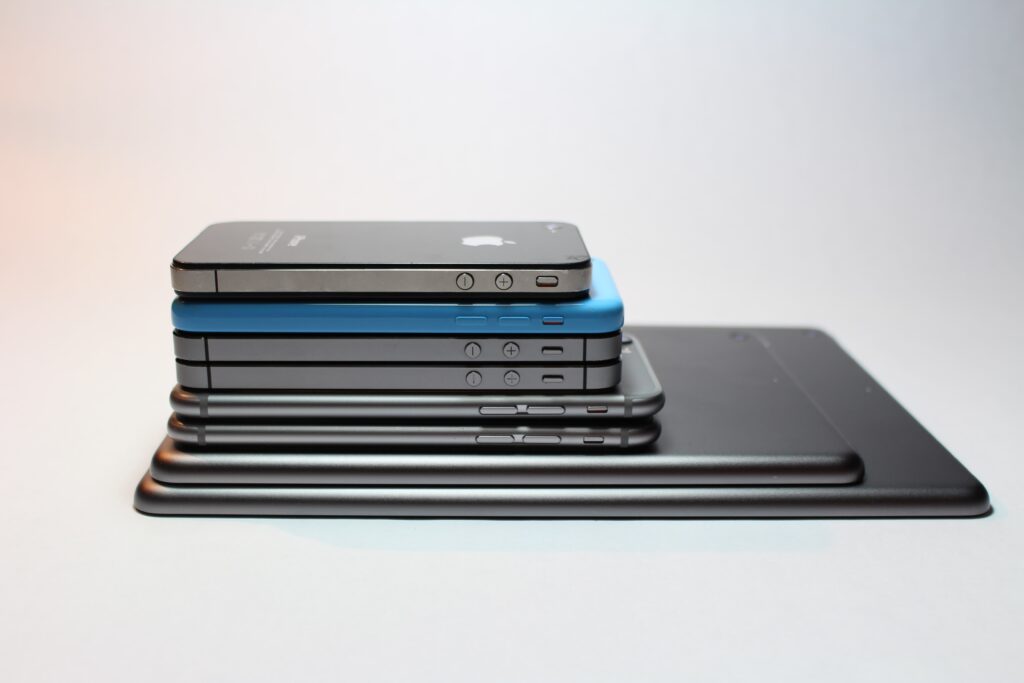
Not, as it might appear, a slogan for a new nighttime sleep-assisting beverage, but a reference to the predilection of both companies and individuals continuously to refresh their technology without actually considering whether it is necessary.
Do you have a “that drawer” in your kitchen? I’m sure you do, a sort of elephant’s graveyard of takeaway menus, dried up biros, empty match boxes and, increasingly these days, old technology. For research purposes I’ve just taken a peek inside our “that drawer” (I usually try to avoid it on the grounds that my conscience might make me tidy it) and, shamefully, I find it contains three old smartphones and three old-school mobiles. Contemplating their history, each one is a remnant of upgrades offered by mobile phone companies, automatically provided and unthinkingly accepted. The only one I can really justify is the switch from old-school mobile to smartphone, the rest I just took because they were there.
For anybody who is concerned about the undoubted ecological emergency facing the planet, this is not good behaviour. Mobile phones use considerable amounts of non-renewable resources, rare earth elements, plastics etc., and in the absence of easily-accessible recycling programmes (although these are growing, with 46% of UK mobiles now being recycled) many upgrades represent a dead loss to the environment.
In terms of other technology, the picture is even worse. Conventional wisdom has it that companies should be looking to refresh their technology on a three year cycle; dire warnings abound that if this is not done recalcitrant refreshers will quickly find themselves falling behind the competition. But how true is this? Undoubtedly in the early days of widespread computer use technology was developing at such a rate that the most current model was obsolete almost as soon as you got it out of the box, but, in line with the law of diminishing returns, most computers made in the last decade or so can still do virtually everything those brand-new shiny toys in the Apple Store can do. This blog, for example, is being written on a 2014 iMac that can cope with anything that is thrown at it.
Sometimes, of course, a company may have to upgrade its technology in order to cope with the demands of new applications, but with the advent of cloud computing, where the desktop, laptop or mobile device can essentially be a “dumb” terminal with processing taking place elsewhere, this becomes less and less necessary. Of course computer companies, and maybe even your own IT department, have a vested interest in encouraging the refresh cycle, but we need to step back and make a comparison between what we think we need and what we are told we need and what we actually need. As David Attenborough says, “Anybody who believes in infinite growth on a finite planet is either mad or an economist”; anybody who believes that technology must be automatically refreshed every 36 months regardless of real-world requirements is either mad or a computer salesperson.
In both our personal and professional lives it may be time to take a step back and have a look at our technology consumption to assess how much of it is truly necessary and how much is just automatic or, even worse, the technological field’s version of “keeping up with the Joneses”. For the sake of the planet, not to mention our personal or company IT projects, perhaps it’s time to get off the hamster wheel of continuous consumption and think about what we really need; that might be truly refreshing.